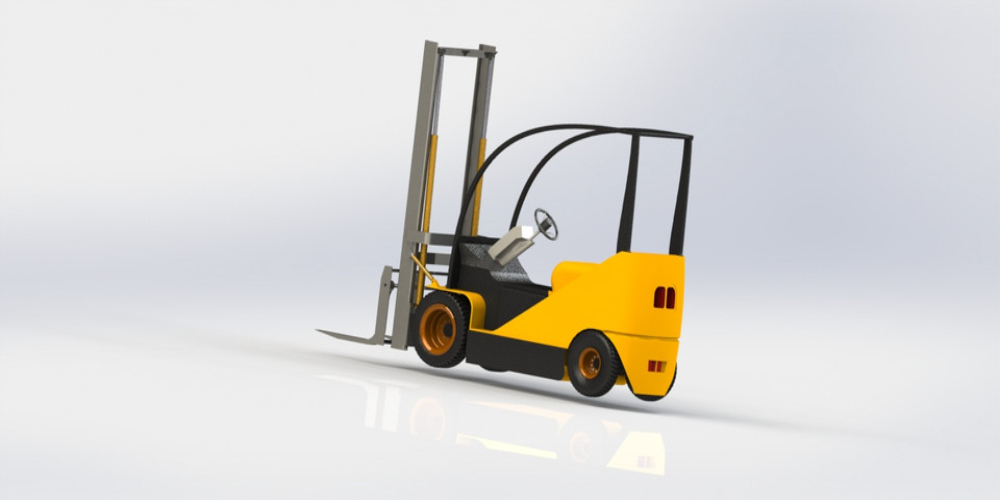Builders have access to some of the most flexible vehicles in the form of forklifts. Forklifts can safely carry goods that people cannot, making them a vital tool for any work site where big loads need to be moved. This includes construction sites as well as warehouses and other storage facilities.
It can be challenging to choose the best forklift since there is such a diverse offering of different makes and models to choose from. Our guide provides information on the various types of forklifts, the benefits associated with using them, and the most popular models of forklifts to assist you in selecting the model of mini forklift that is best suited to meet your requirements, regardless of whether you plan to rent or buy the forklift in question.
Warehouse Forklift
The most common and well-known lift vehicle is the forklift used in warehouses. It looks like a golf cart and has two prongs that extend forward from the front of it. Because it is so efficient at loading and unloading pallets and transferring products to and from delivery trucks, you will most often utilize this forklift at a business with many goods in stock.
Counterbalance Forklift
Forks are located at the front of the counterbalance forklift, which is a common kind of lift, and weight is located in the rear to counteract the weight of the cargo. Because counterbalanced forklifts lack extending arms, they can travel closer to the load without making intermediate stops.
There are a few variants to choose from when looking at counterbalance forklifts. The three-wheel configuration is the best option when the circumstance calls for the operator to spin and navigate in circles. Operators of stand-up counterbalance forklifts can easily jump on and off the forklift to switch cargoes. Crown, Toyota, and Mitsubishi are three of the most well-known automakers.
Rough Terrain Forklift
The rough terrain forklift is a kind of forklift built primarily for use on outdoor construction sites with uneven ground. These vehicles feature robust pneumatic tires that are both large and threaded, providing them with improved balance and stability so that they may move items through uneven terrain without incident. If most of your work is performed indoors, you probably won’t need a rough terrain forklift; nonetheless, these forklifts are an absolute must for building sites and other outside applications.
Pallet Jack
The nature of pallet jacks requires them to be specialized. The limited lifting capacity of these forklifts, also known as pump trucks, directly results from their compact dimensions. Pallet jacks have a compact footprint as a trade-off for their power, enabling them to fit into the smallest of places while lifting light weights in confined areas. A pallet jack’s purchase and rental expenses are much cheaper, even though it has less power and is less maneuverable.
Walkie Stacker
Walkie stackers have a unique design and a specialized function in the workplace. In contrast to other types of forklifts, these material-handling vehicles do not have cabs. Instead, the operator goes behind stacker and controls its movement using a handle connected to the machine. Although they lack power, skill, and speed, these machines are perfect for use. The walkie-stacker has a lift height much greater than conventional pallet jacks.

